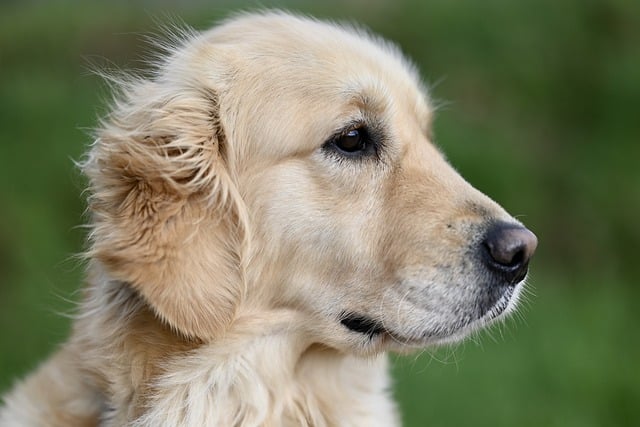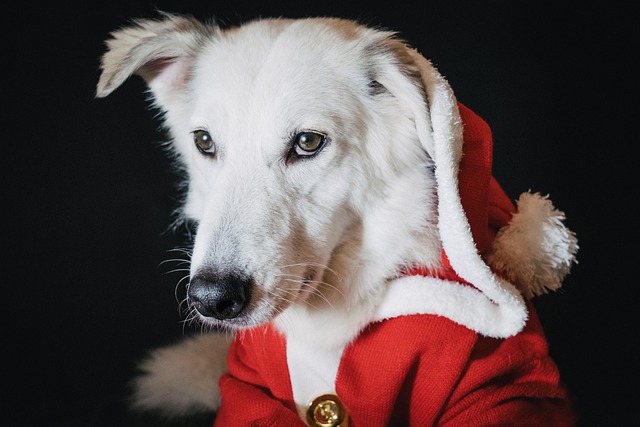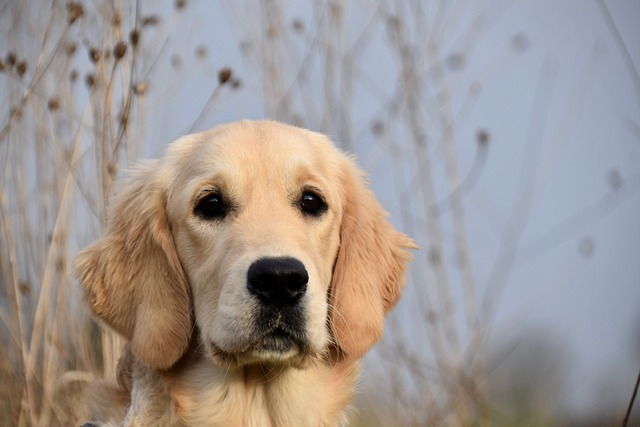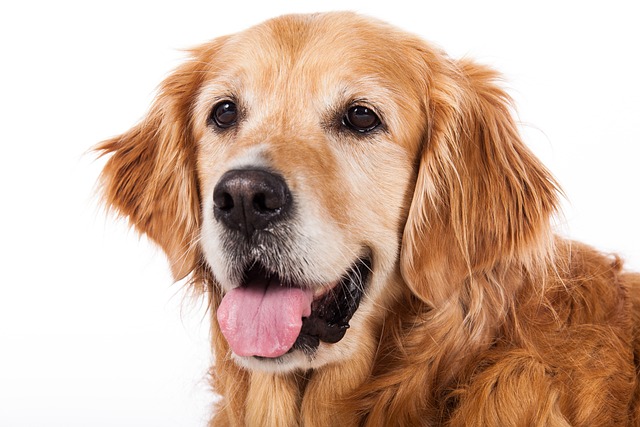
Should dogs be given paw pads and protective covers
Should dogs wear paw protectors? If you’ve ever stood in the Arizona sun, watching your boxer “Rocky” lift his paws off the asphalt like he’s stepping on a hot griddle
How to fix dry cracked dog paws? If you’ve ever watched your golden retriever “Cooper” pause at the door, lifting his paw like he’s stepping on glass, you know the worry. Those once-plush pads now look rough, with tiny cracks snaking across them—and every time he trots on the driveway, he winces. Dry, cracked paws aren’t just a cosmetic issue; they hurt, and they can make even short walks miserable. Let’s break down how to soothe them, using simple, dog-friendly steps.
Dogs’ paws are tough, but they’re not impervious. Their pads have a natural layer of oils that keep them flexible, but extreme weather and daily wear strip that away. In Florida’s sweltering summers, asphalt gets hot enough to fry an egg, and that heat zaps moisture from paws, leaving them brittle. In Vermont’s winters, road salt and ice melt act like sandpaper, chipping away at pads until they crack. Even indoor dogs suffer—apartment heating in places like Chicago dries the air, turning paws rough over time. Breeds with hair between their toes, like shih tzus, are extra prone: matted fur traps dirt, which irritates already sensitive skin. It’s not about being “weak”—it’s about their bodies struggling to keep up with harsh conditions.
The fix starts with gentle care, not harsh treatments. Begin with a “paw soak”: fill a basin with lukewarm water (test it with your wrist—if it’s too hot for you, it’s too hot for them) and let your dog stand in it for 30 seconds. This softens rough edges—my friend in Denver does this for her border collie “Lila,” and swears by adding a spoonful of plain yogurt (the probiotics calm irritation). Pat paws dry with a microfiber towel, then check for debris: a tiny rock or burr in a crack can make walking agony. For mild cracks, slather on a pet-safe balm with ingredients like coconut oil or beeswax—avoid human lotions, which often have chemicals dogs lick off. Apply it at night, when they’re relaxed, and give them a chew toy to distract them while it sinks in. For deep cracks, ask your vet about a healing salve—some have aloe to ease pain, which makes walks easier.

Caring for cracked paws ties into being a responsible owner, and in the U.S., that means checking off key rules. First, vaccines: Every state requires rabies shots by 4 months, and cities like Atlanta fine owners $300 for skipping them—no exceptions. When your dog’s paws are healing, stick to grassy areas for walks, and always carry poop bags. Failing to clean up in Philadelphia can cost $250, and it’s just part of keeping neighborhoods nice.
Remember, patience matters more than speed. If your dog squirms during paw checks, don’t hold them down—offer a treat after each paw, turning it into a game. Yelling or forcing them builds fear, and stressed dogs heal slower. For apartment dwellers, add a humidifier near their bed to fight dry air, and lay down rugs by doors to protect paws from cold floors. When walking in your community, keep them on a 6-foot leash (the law in most parks) and give other dogs space—sore paws can make even sweet pups grumpy, and respecting boundaries keeps everyone safe.
With consistent care—moisturizing, avoiding harsh surfaces, and keeping up with wellness basics—those cracks will heal. And when Cooper bounds out the door without a second thought? That’s the proof: happy paws mean a happy, active dog.

Should dogs wear paw protectors? If you’ve ever stood in the Arizona sun, watching your boxer “Rocky” lift his paws off the asphalt like he’s stepping on a hot griddle

Should I condition my dog’s paw pads? If you’ve ever watched your border collie “Jax” hesitate before stepping onto the frosty sidewalk, his paws lifting like he’s touching shards of glass

Trying to figure out your new puppy’s coat type is one of those little mysteries that pops up when you’re knee-deep in chew toys and late-night potty runs.

Should I condition my dog’s paw pads? If you’ve ever watched your border collie “Jax” hesitate before stepping onto the frosty sidewalk

Picture this: You're giving your Golden Retriever a post-park bath in your cramped apartment bathroom, and their fur feels like straw after shampooing.

How do you know if your dog needs glands expressed? If you’ve ever caught your dachshund “Ollie” dragging his butt across the living room carpet like it’s a magic carpet ride